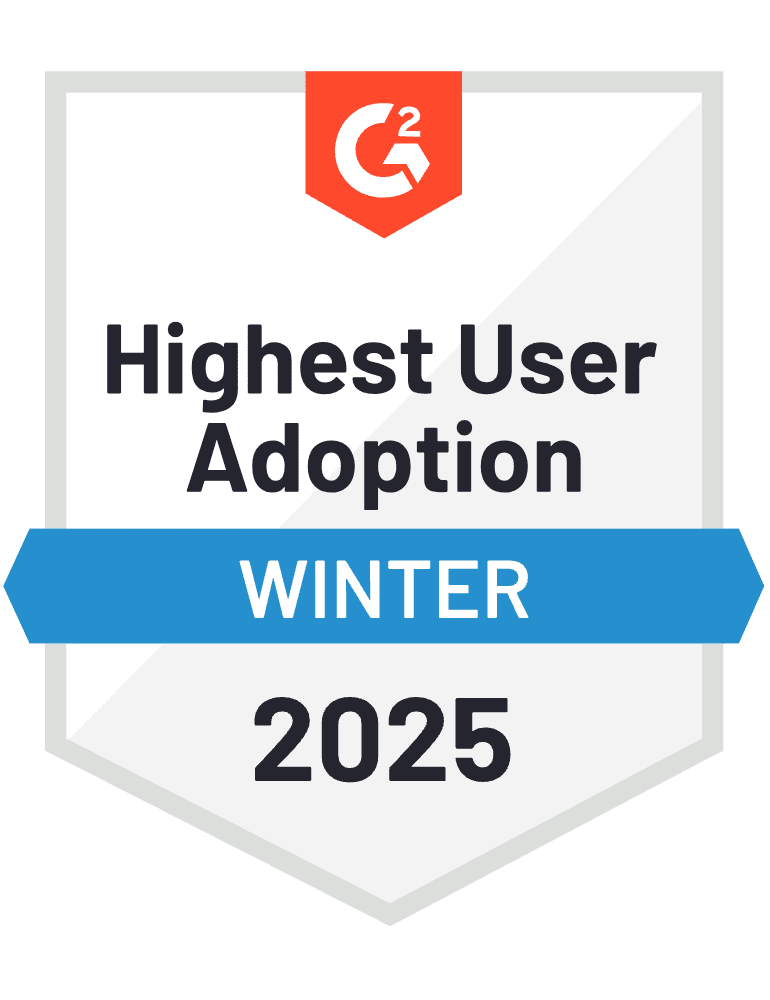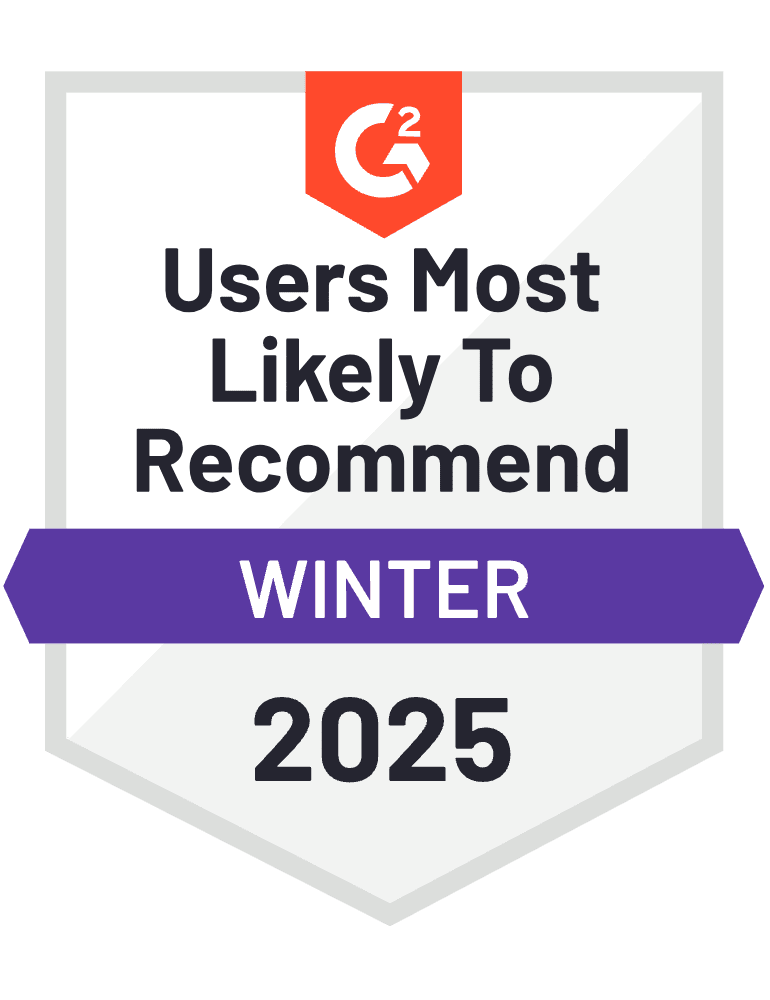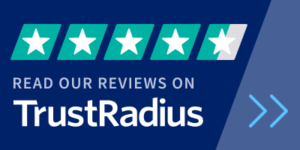
The world of PR is changing faster than ever, and there’s a constant pressure to keep pace. Understanding data has become a critical part of modern communications. So, how can PR pros become more data driven? Below, we provide some guidelines for monitoring your media coverage and analyzing it in a way that allows you to show PR’s value in your company’s bottom line.
The crucial question for modern PR pros is, how do reputation management, media monitoring and overall PR strategy translate to business results for a company? The answer is simple: if you know what’s driving sales and how PR is playing a role, you can prove the efficacy and value of your efforts. Marketing firms and departments have been doing this for a long time, realizing that analytics is an integral part of the communications world–it’s time for PR to take a similar approach.
This concept can seem overwhelming. Words like KPI and ROI can make anyone’s head spin. However, PR is changing faster than ever and how you measure your success is not as clearly defined as it used to be–it’s no longer about merely monitoring how many mentions your company got in the news, it’s about analyzing that data and seeing how it’s helping your business and what to do next. Selecting channels and tools, audience selection for targeting and campaign management among other goals for your organization are great next steps. Successfully navigating modern PR involves understanding both “soft” metrics, like social followers or engagement, and hard data, like the various pathways driving new business.
Earned vs. paid vs. owned media
The first step to becoming more data driven is understanding the broad differences between today’s media channels. Knowing this difference can help take your PR strategy to new heights. It’s good to think of earned, owned and paid media like a tripod. Each element is a crucial part of your data strategy, and one can’t function without the other. Each piece works together to form a cohesive PR strategy.
Earned media is essentially online word-of-mouth, usually seen virally, such as shares, reposts, mentions, content picked up by 3rd-party sites or recommendations. One of the most effective drivers of earned media is a combination of strong organic rankings in search engines and distributed brand content. When your company is on Google’s first page, this means that your owned media sites and content links are in a position to drive more traffic and potential business. This is why SEO is vital to any organization. When it comes to creating content for your brand, informative, engaging content can come in various forms. The bottom line is that the content needs to be optimized for SEO and engaging to receive valuable earned media.
Owned media is any web property that your company owns outright. The most common example is a website, but social media and blogs are also considered owned media. They’re extensions of your site, all working together as extensions of your brand as a whole. The more owned press you have, the more chances you have to expand your brand presence.
Paid media is a fantastic way to promote content that drives earned media and direct traffic to owned media. Putting money behind specific content typically generates greater exposure than organic traffic. Common ways to do this include through social media sites that offer sponsored posts; pay-per-click platforms; retargeting tools and sponsored content.
Using SEO for earned media coverage
According to an article in Search Engine Land, when it comes to digital marketing, PR and SEO go together like peanut butter and jelly. It’s critical for marketing and PR teams to work together to “optimize links in earned media coverage.” It includes things like press releases or non-promoted media. SEO can assist in choosing links that have keywords that your company wants Google’s algorithm to recognize. Another way to do this is through a backlinking strategy. It’s something PR pros already do–pitching their company news to a credible industry site. If you’re lucky enough to have the news posted, Google’s algorithm will associate your site with a highly-respected site and that will positively impact your rankings. So, the more placements you get on credible 3rd party publications, the higher up you’ll go!
Integrating and examining your data
In an article by Forbes, the author emphasizes integrating data. She raises an example: “Did a certain article draw a spike in social media engagement? Or did social media engagement spark more news coverage?” We wholeheartedly agree that it is critical to have a broad view of your PR data. Looking at data holistically and recognizing patterns are vital in making decisions about resource allocation. Expanding on the example above, if you are able to connect a specific article to engagement, you can pitch similar articles in the future. If your paid social media doesn’t generate the new business you were hoping for, you can change your strategy moving forward.
Until next time!
Critical Mention

Jolie Shapiro
Passionate about all things communications, Jolie found her dream job as a copywriter with Critical Mention, where she’s continuing her passion for writing and editing. With a background working for high-profile clients in the financial, hospitality and technology industries, she’s excited to bring her experience to Critical Mention. When she’s not writing you can find her at music festivals, hiking or snowboarding.








